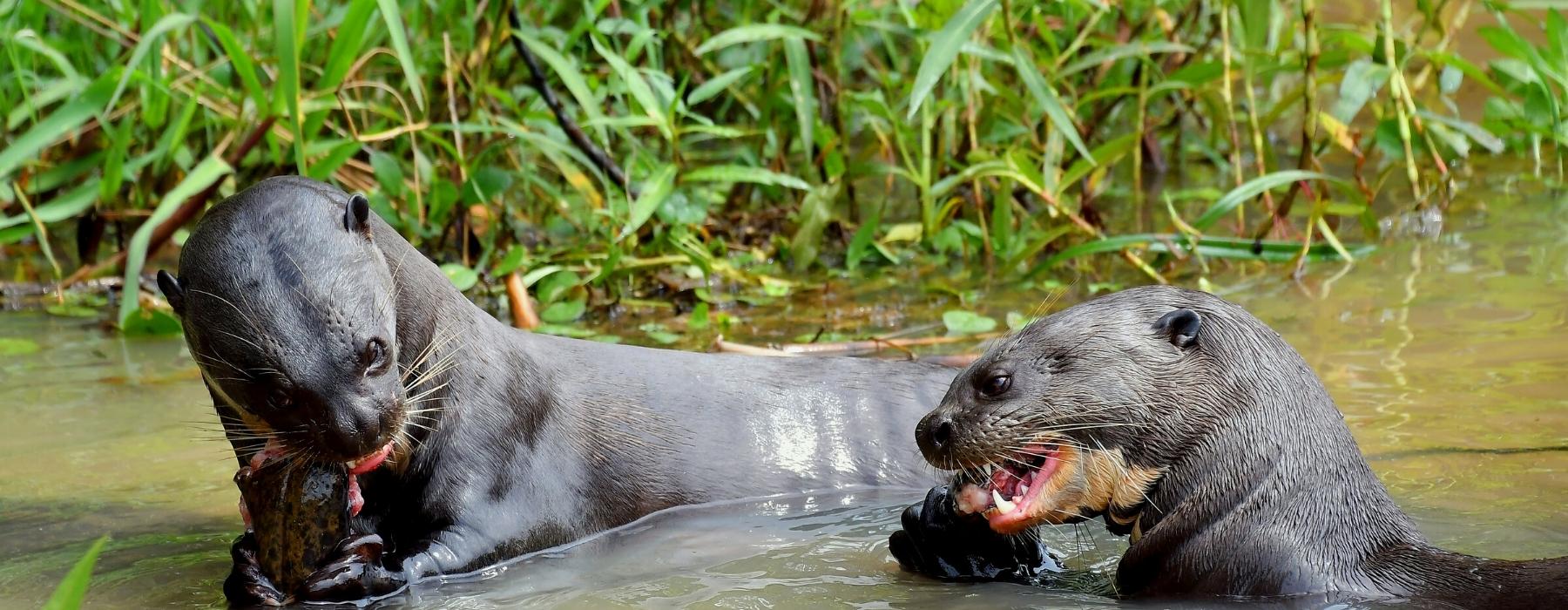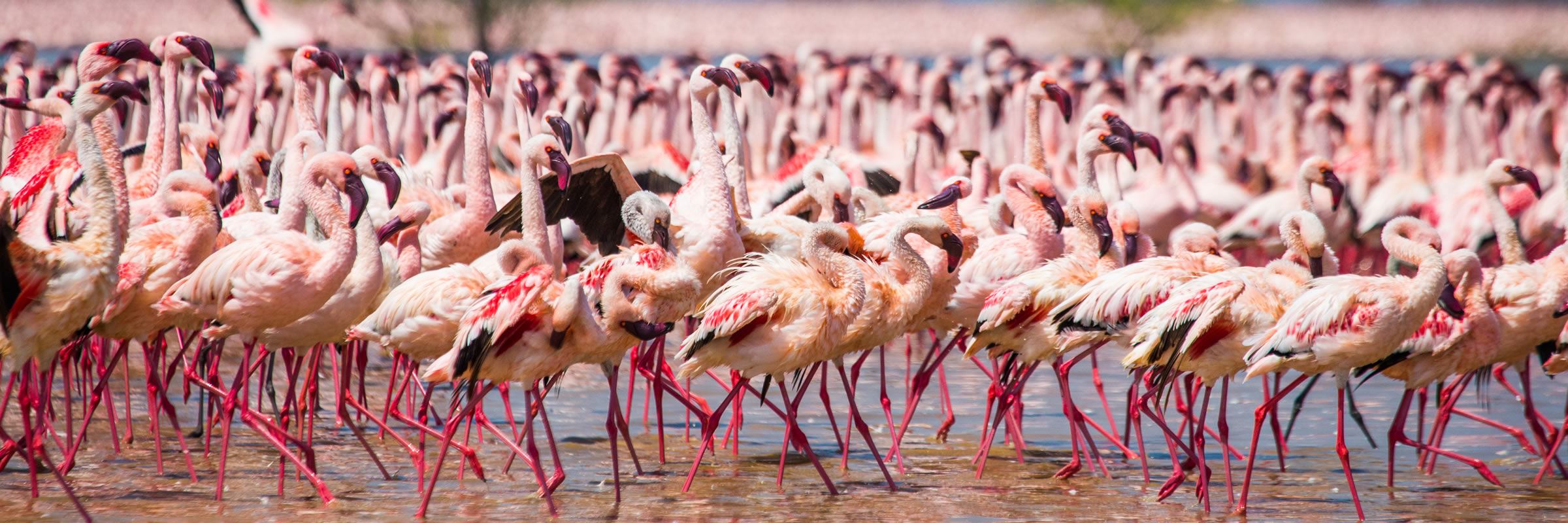If you’re a nature lover, you’ll want to visit some of the best viewing wildlife parks in the World. Here are the top 6 and the reasons to see each one. These places offer a taste of wildlife, from volcanoes to lions and rhinos.
- Iguazu National Park
- Galapagos National Park
- Corcovado National Park
- Ngorongoro Crater
- Manu National Park
- Lake Nakuru
Iguazu National Park
One of the top tourist attractions in Brazil, the Iguazu Falls is a natural wonder, but the Park is also home to numerous species of animals and flora. The falls are part of a vast ecosystem in Latin America, and each visit to the Park benefits conservation efforts. As a result, tourism has helped the region develop its economy and improve the quality of life of residents in Puerto Iguazu.
Founded in 1934, the Iguazu National Park is managed by the national government and is part of the country’s National System of Federal Protected Areas. It is staffed by trained professionals who maintain the Park and invest money in infrastructure and equipment. It also has a subtropical research centre engaged in ecological studies.

The Park is home to some of the World’s most spectacular waterfalls. In 1984, the Park named a World Heritage site. Its waterfalls, nearly three kilometres wide and falling over 80 metres, are awe-inspiring.
Read More Here: Hiking Near Me With Waterfalls – What Are the Best Places to Stay?
Iguazu National Park is also home to the stunning Toco toucan, easily recognizable from its oversized beak. This species uses its vast beak to reach far-off fruits. They are also capable of opening Brazil nuts without human help. The Toco toucan’s alarm call is similar to a dog’s bark.
Galapagos National Park
Galapagos National Park is different from most national parks in that the wildlife there has virtually no fear of humans. It also harbours some 5,000 distinct species, many of which are endemic and in danger of extinction. Before it was declared a national park, people lived on the islands and are still present today.
Some of the rarest fauna in the World, such as Galapagos penguins, call it home. You may learn about Charles Darwin’s theory of evolution while viewing these beautiful species in their natural settings. A short flight from the Ecuadorian mainland allows you to visit this Park. Another island worth visiting is Baltra, which is another popular destination for nature enthusiasts.

The most significant time to visit the Galapagos Islands is between December and May, though you can go there any time. During this time, the ocean conditions are ideal for swimming and snorkelling. Wildlife enthusiasts can spot sea lions and turtles swimming freely in the waters. The dry season begins in June, an excellent time to go snorkelling and diving.
Galapagos is home to the endemic giant tortoise, which lives over one hundred years. The National Park protects endangered species. Scientists estimate that there are 800 introduced species in Galapagos, which are hard to control. The Park Service screens all incoming cargo for plant species to protect the local ecosystem.
Click Here : Asia On A Map – The World’s Most Popular Travel Destination
Corcovado National Park
Corcovado National Park in Costa Rica is a protected national park where you can spot endangered species such as tapirs. Tapirs are large mammals that live in trees. You can also find tracks of them in the undergrowth or along roads. These creatures have the potential to reach heights of one metre and weights of 300 kilos. You can also see various kinds of birds and other exotic animals here.
Every day from 7:30 am to 5 pm; the Park is open. While hiking in the Park, it is advisable to be accompanied by a certified park guide to avoiding being bitten by snakes. In addition, the Park is hot most of the time, and dehydration is a real danger. Because of this, visitors should pack enough water to last for four days.
The coastal zone and the highlands are the two main climate zones of Corcovado National Park. The highlands are at an altitude of 2,565 feet (782 m). The Park receives approximately 217 inches of rain per year.

Corcovado National Park is known for its diversity and incredible biodiversity. Visitors can see all kinds of wildlife, including white-faced capuchin monkeys, tapir, and tamandua anteaters in the rainforest. You can also spot red-eyed tree frogs, the poison arrow frog, and the glass frog.
Ngorongoro Crater
Ngorongoro Crater’s residents include black rhinos, elands, zebras, and impalas. One of the most exquisite antelope species in the World is the impala. There are over 72 different types of antelope in Africa, which means you have a good chance of seeing one while on your safari.
Ngorongoro Crater’s game viewing is fantastic all year round. Though the Park can be extremely busy in summer and winter, you can still enjoy game viewing. The Park is a volcanic crater, so animals are usually more visible during summer.
The Ngorongoro Crater features thousands of species, including the Big Five and many other famous big mammals. Although you can go to this crater any time of year, the dry season is the ideal time to go. The crater’s walls rise 600m above the floor and are covered with lush forest. The Ngorongoro Crater is one of the World’s top 10 wildlife parks and offers an unforgettable safari experience.

In 1979, UNESCO designated the Ngorongoro Conservation Area as a World Heritage Site. The area is home to many archaeological sites of international significance, including the Nutcracker Man fossil jawbone, Laetoli footprints, and the Olduvai Gorge.
Manu National Park
More than a thousand species of birds, animals, and reptiles can be found at Manu National Park, a part of the Amazon rainforest. The core zone, the reserved zone, and the cultural zone are the three zones that make up the Park. Many endangered bird and animal species can be found in the core zone’s purest area. Visitors can observe the Park’s unique environment, natural flora and animals, and bird viewing.
The biodiversity of Manu National Park is simply extraordinary. It is home to more than two thousand species of birds and mammals, including the critically endangered Andean Cock-of-the-Rock. There are also numerous reptile and amphibian species and a staggering variety of freshwater fish. The Park also supports thousands of species of higher plants, including hundreds of tree species.

The Manu River runs through the Park and is a critical Madre de Dios River tributary. This Park is among the most biodiverse protected areas in the entire globe. However, there are concerns that the Park might become threatened by development as new roads are being constructed around it. Other threats to the Park include gas exploration and logging. Environmentalists are calling for a buffer zone in the Park to protect it from these pressures.
Manu National Park is also home to the Andean cock-of-the-rock. Known for its bright red colour, this bird performs an ostentatious courtship dance in the Manu cloud forest. Visiting the Park’s salt licks is another must-see experience for birdwatchers.
Lake Nakuru
Lake Nakuru offers a wide variety of sights and activities. For example, you can visit Lion Hill for stunning views of the surrounding environment. Another great spot is the Out of Africa Look Out, which has scenic views of the lake and surrounding area.
Lesser and more significant flamingos are among the many bird species that call the lake home. You’ll also be able to see white-winged black terns and other waders. A museum and excavation sites are also included within the Park.

A sizable rift valley on the continent of Africa’s subsurface is where the National Park is situated. Grasslands and woodlands characterize its landscape and are home to various wildlife. It is managed by the Kenya Wildlife Services, responsible for conserving the Park and its wildlife.
The Park has protected the area from poaching and has a rich fauna. There are nearly fifty-six different species of mammals in the area, including giraffes, black rhinos, and zebras. The Park is home to the critically endangered python and various terrestrial birds.






